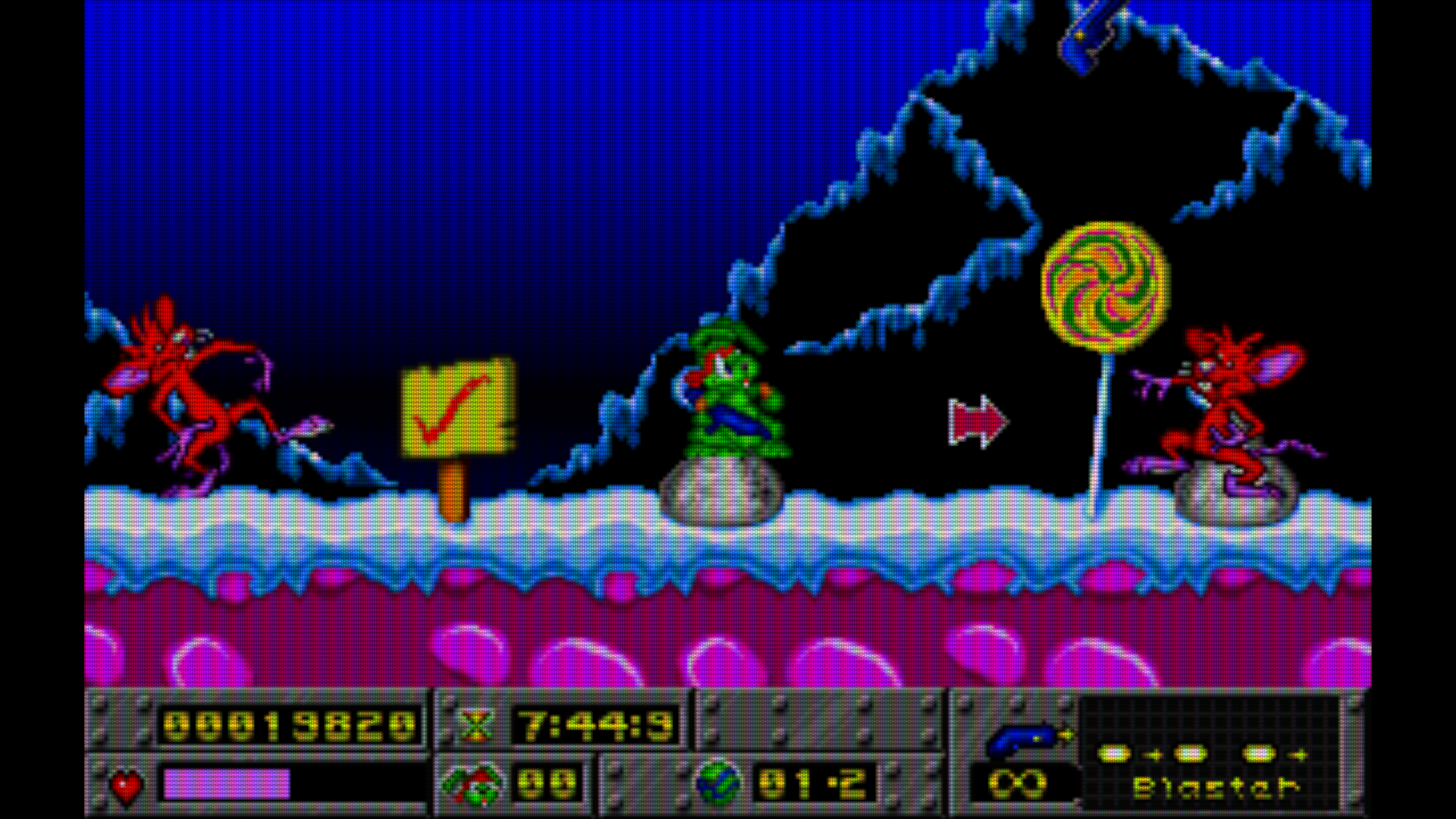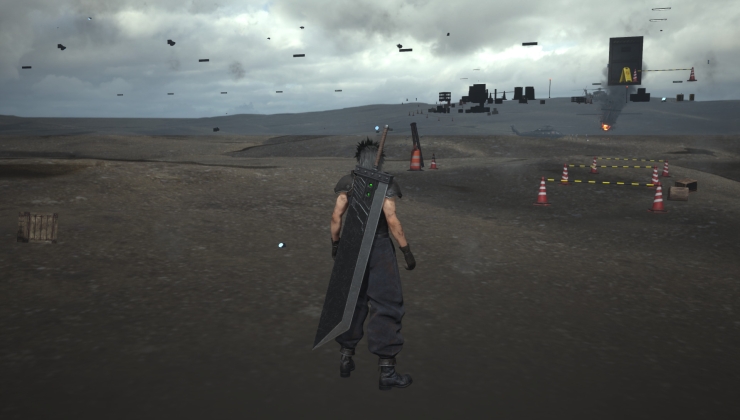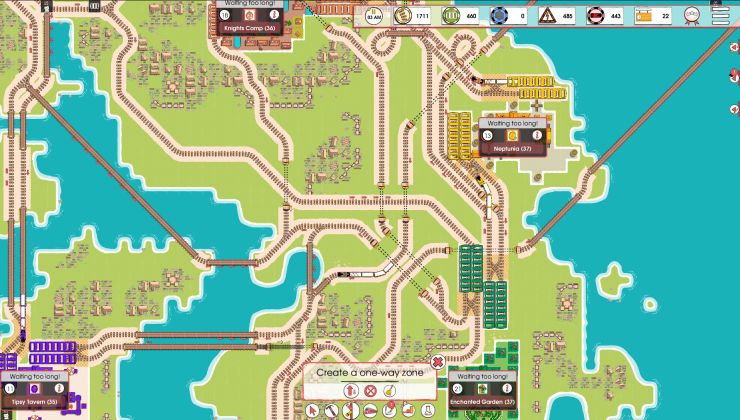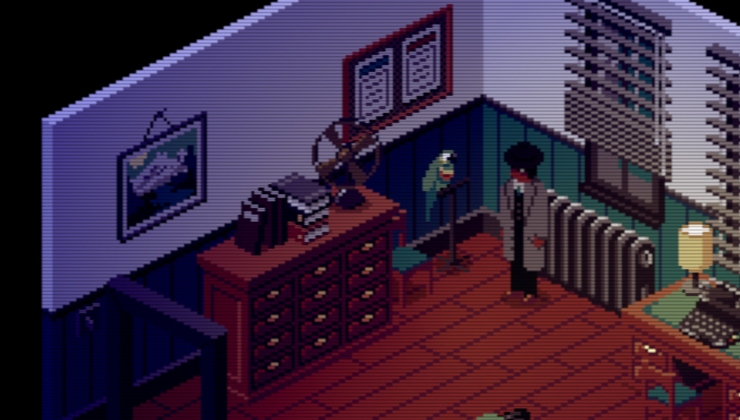DOSBox Staging is the fork of the original emulator with an aim to modernize it and give it some more advanced features, with the latest release out now.
An important project because DOSBox itself is a vital bit of free and open source software, one that has enabled us not to lose out on thousands of classic games. Ensuring that it keeps working on modern systems using modern features with DOSBox Staging is awesome.
This release is a big one covering many parts of it enhancing "the quality of audio emulation (GUS, built-in MIDI, PC speaker), improved support for PowerPC and POWER8 architectures, and a healthy mix of usability, documentation, code quality improvements". They go into a lot more detail in the lengthy release notes, which make for an interesting read.
I'm a huge retro fan, which regular readers will know quite well by now. So with the inclusion of built-in GLSL shaders to emulate the visual look of an analog CRT monitor, I couldn't be happier with this release. Seems like it works quite well too:
 Jazz Jackrabbit (Holiday Hare 1995 Edition) - showcasing crt-fakelottes-flat, source: DOSBox Staging
Jazz Jackrabbit (Holiday Hare 1995 Edition) - showcasing crt-fakelottes-flat, source: DOSBox Staging
Even if I don't want to play it like that now, it's interesting for historical purposes. Perhaps more interestingly though, is that they've even added in integer scaling (pixel-perfect) option for OpenGL, which should make playing the classics just that little bit nicer especially on Linux as it allows for a resizable window now too.
 The Lost Vikings (1993) with integer scaling, source: DOSBox Staging
The Lost Vikings (1993) with integer scaling, source: DOSBox Staging
Plenty of other exciting features included for retro gamers, worth taking a look.
See the release notes of 0.76.0 here and on GitHub. You can also grab it as a Snap.
Did you know you can use DOSBox with Steam Play on Linux? Thanks to Boxtron, another open source project, you can run almost any game on Steam that uses DOSBox quite easily.
Last edited by dreamer_ on 6 Dec 2020 at 2:41 pm UTC
Last edited by legluondunet on 4 Dec 2020 at 5:59 pm UTC
3dfx support is still work-in-progress right? (Not that 3dfx is super essential, the other changes are way more important)
Very cool, thanks for the hard work and cool to see dosbox (staging) moving forward!
3dfx support is still work-in-progress right? (Not that 3dfx is super essential, the other changes are way more important)
Dosbox ECE has DOS 3dfx game support
Thanks, yeah I know, though that version misses all the other good stuff from dosbox-staging ;)
I believe there is also a 64-bit version for MacOS being worked on, which is nice for any Macs running Catalina or Big Sur. Edit: It looks like 0.76 is now 64-bit on the Mac. Super!
Last edited by no_information_here on 4 Dec 2020 at 7:30 pm UTC
I hadn't heard of Dosbox ECE, but DosBox-X does as well, but unfortunately you have to compile it yourself in Linux (unless maybe Arch has an PKGBUILD for it or something, I had to build it for Debian / Pop_OS) because the flatpak doesn't include some x11 libs, so menus don't work.Very cool, thanks for the hard work and cool to see dosbox (staging) moving forward!
3dfx support is still work-in-progress right? (Not that 3dfx is super essential, the other changes are way more important)
Dosbox ECE has DOS 3dfx game support
It's been a LONG time since dosbox mainline had a proper new release.
DosBox-X does as well, but unfortunately you have to compile it yourself in Linux (unless maybe Arch has an PKGBUILD for it or something, I had to build it for Debian / Pop_OS) because the flatpak doesn't include some x11 libs, so menus don't work.
Dosbox ECE has far better 3DFX support than dosbox-x.
Very cool, thanks for the hard work and cool to see dosbox (staging) moving forward!Yes, it's on our roadmap for [0.77.0](https://github.com/dosbox-staging/dosbox-staging/projects/9).
3dfx support is still work-in-progress right? (Not that 3dfx is super essential, the other changes are way more important)
It's been a LONG time since dosbox mainline had a proper new release.10.5 years since last major release (0.74) and 15 months since last tiny security bugfix (0.74-3)…
Last edited by dreamer_ on 5 Dec 2020 at 12:55 am UTC
Holy crap! No wonder there are several forks. And people whine that there hasn't been a version bump for Xorg.Very cool, thanks for the hard work and cool to see dosbox (staging) moving forward!Yes, it's on our roadmap for [0.77.0](https://github.com/dosbox-staging/dosbox-staging/projects/9).
3dfx support is still work-in-progress right? (Not that 3dfx is super essential, the other changes are way more important)
It's been a LONG time since dosbox mainline had a proper new release.10.5 years since last major release (0.74) and 15 months since last tiny security bugfix (0.74-3)…
Nice, do they support Linux better? (As in not having a broken Flatpak?)DosBox-X does as well, but unfortunately you have to compile it yourself in Linux (unless maybe Arch has an PKGBUILD for it or something, I had to build it for Debian / Pop_OS) because the flatpak doesn't include some x11 libs, so menus don't work.
Dosbox ECE has far better 3DFX support than dosbox-x.
Nice, do they support Linux better? (As in not having a broken Flatpak?)
I don't know as I prefer compile my own Dosbox builds to manage features.
2.7. Add LS commandSometimes it's the little things...
Guess I should look into it.
I should try this out. Was playing Stonekeep on my laptop the other night. Got to ask, is there anyway to implement touch screen passthrough for DOS games? Would be incredibly awesome for games like that!SDL2 handles this (SDL_TouchFingerEvent), but someone who owns a touchscreen would need to implement this and send us pull requests.
Guess I should look into it.
Damn, suppose I should learn whichever language it is written in... (C?). Ha, I can test at least!I should try this out. Was playing Stonekeep on my laptop the other night. Got to ask, is there anyway to implement touch screen passthrough for DOS games? Would be incredibly awesome for games like that!SDL2 handles this (SDL_TouchFingerEvent), but someone who owns a touchscreen would need to implement this and send us pull requests.
Guess I should look into it.
Not sure if DOS is happy with any non absolute position cursor (I think that is what it is called, been a long time since I looked into how touch screens work)
The German Wikipedia article has a list of the supported games
https://de.wikipedia.org/wiki/Forte_VFX1
The VFX1 VR headset came with an ISA card and requires a ribbon cable connected to the VESA-Feature-Connector port on the graphics card. Additionally, some controller device named cyber puck came with it.
I have no reverse-engineering experience so not sure I could do this, but some resources say,
the data streamed to the feature connector port is some interlaced quad-buffered-stereo format.
Nothing too exotic.
So it probably isn't too difficult to fake the presence of the VFX1-interface card, emulated the cyber-puck control stream and pass the transformed screen data to OpenVR or some other API supporting the new VR headsets.
To my knowledge so far no one attempted do this and I really wonder why?
Anyone else thinks this would be a great thing? :)
Last edited by sub on 7 Dec 2020 at 3:50 pm UTC
What I'd really like to see is an HLE-emulator/wrapper in DOSBox for old DOS VR games of the 90's like the Forte VFX1, which supported Magic Carpet 1+2, Dark Forces and some more classics!That would be pretty sweet. Wonder if anyone has made a similar attempt with WinUAE and emulating the old VR arcade machines, as they used A3000s in them.
The German Wikipedia article has a list of the supported games
https://de.wikipedia.org/wiki/Forte_VFX1
The VFX1 VR headset came with an ISA card and requires a ribbon cable connected to the VESA-Feature-Connector port on the graphics card. Additionally, some controller device named cyber puck came with it.
I have no reverse-engineering experience so not sure I could do this, but some resources say,
the data streamed to the feature connector port is some interlaced quad-buffered-stereo format.
Nothing too exotic.
So it probably isn't too difficult to fake the presence of the VFX1-interface card, emulated the cyber-puck control stream and pass the transformed screen data to OpenVR or some other API supporting the new VR headsets.
To my knowledge so far no one attempted do this and I really wonder why?
Anyone else thinks this would be a great thing? :)
Last edited by Hamish on 28 Dec 2020 at 11:30 pm UTC
https://www.blood-wiki.org/index.php?title=File:DOSBox-Staging-Blood-640x480.webm









 How to set, change and reset your SteamOS / Steam Deck desktop sudo password
How to set, change and reset your SteamOS / Steam Deck desktop sudo password How to set up Decky Loader on Steam Deck / SteamOS for easy plugins
How to set up Decky Loader on Steam Deck / SteamOS for easy plugins
See more from me